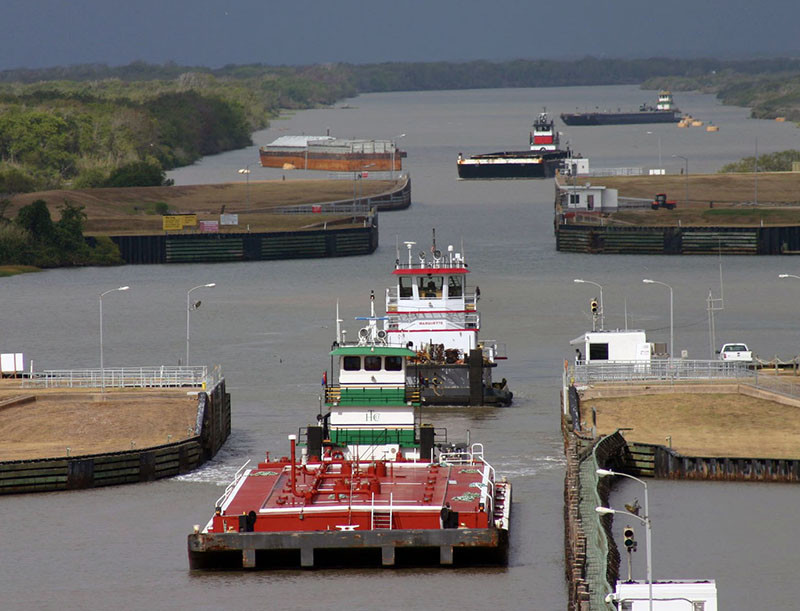The inland barge industry is facing a significant maintenance bubble as regulatory inspections on many vessels converge at the same time, while shipyard space for repairs and maintenance remains limited.
The bubble is underway and will likely continue well into 2024 and perhaps into 2025, industry leaders say.
Tank barges undergo major internal structural exams (ISE) by the Coast Guard every 10 years, which typically kicks off the first major reinvestment in a barge by its owner. Steel and mechanical repairs are common at this time, as well as a fresh coat of paint.
“As a result, the barges are out for an extended period of time,” said H. Merritt Lane, president and CEO of Canal Barge Company Inc. (CBC), New Orleans. “Since there was a bit of a building boom beginning about 10 years ago, those barges will be up for their ISEs.”
He said an estimated 10% of the inland tank barge fleet will undergo inspections each year for the next few years.
“CBC has been experiencing this ISE intensity phenomenon as well, but to a lesser degree than the overall industry fleet because of the timing of our past building programs,” Lane said.
The removal of so many barges from the fleet will extend the already tight supply of inland tank barges and keep freight rates high as long as demand remains strong.
“Limited new barge construction and high industry maintenance requirements for the next two years, combined with lingering inflationary pressures, are expected to further support inland rate increases,” David Grzebinski, president and CEO of Houston-based Kirby Corp., the nation’s largest tank barge operator, said during his company’s first quarter earnings call in April.
But rate increases aren’t high enough to support new barge construction that would ease barge supply, operators say. The high cost of building barges due to elevated steel prices is also discouraging newbuilds.
The fleet could be thinned further, Grzebinski said, as operators take their equipment into yards for maintenance and then decide it’s not worth making repairs.
“A lot of companies will take barges out for their maintenance cycle and look at it and just say it doesn’t make sense to continue,” he said. “So, we will see retirements over the next two years.”
Finding shipyard space has been tough as yards struggle to keep up with a heavy demand while dealing with a shortage of workers.
“All the yards are very busy, and capacity is very tight,” Grzebinski said, adding that shipyards, like other industries, are experiencing labor shortages and workers are doing extra shifts to keep up. “They are trying to ramp up as much as they can.”




